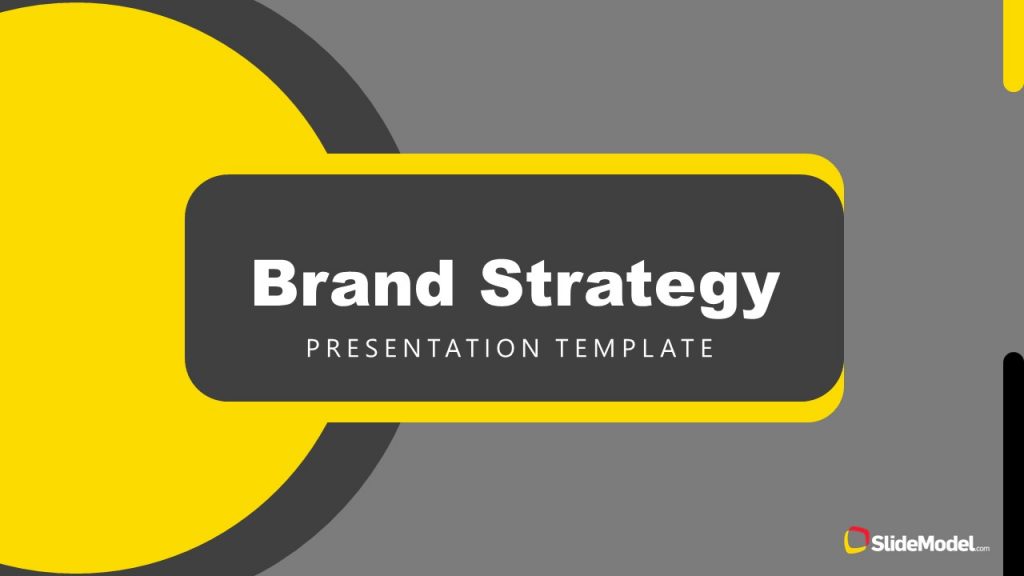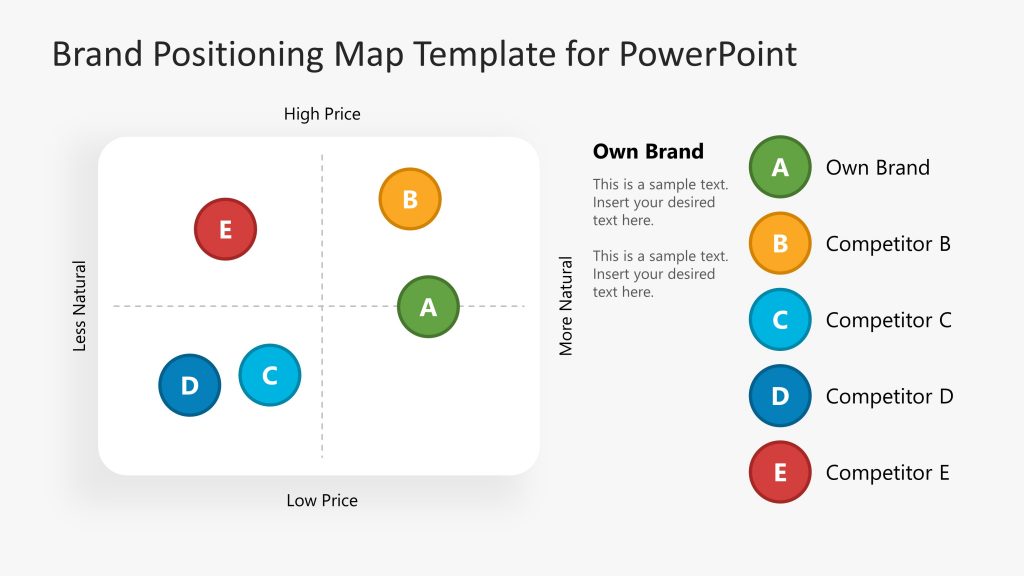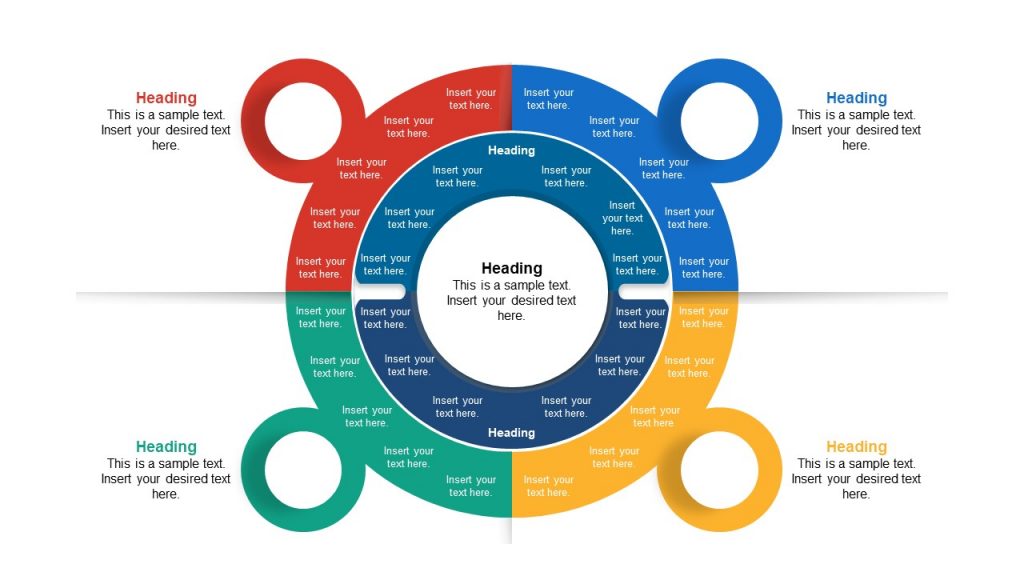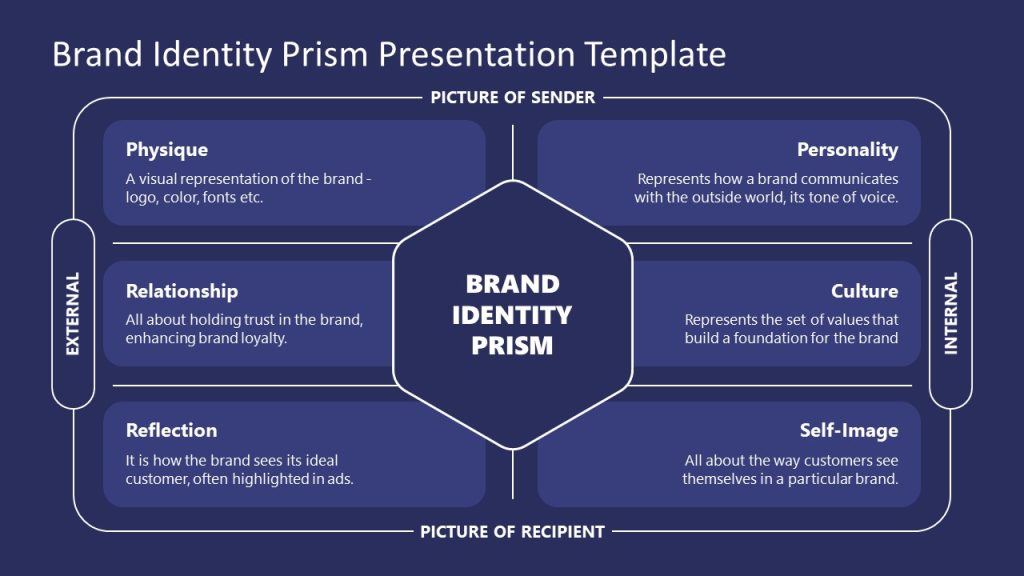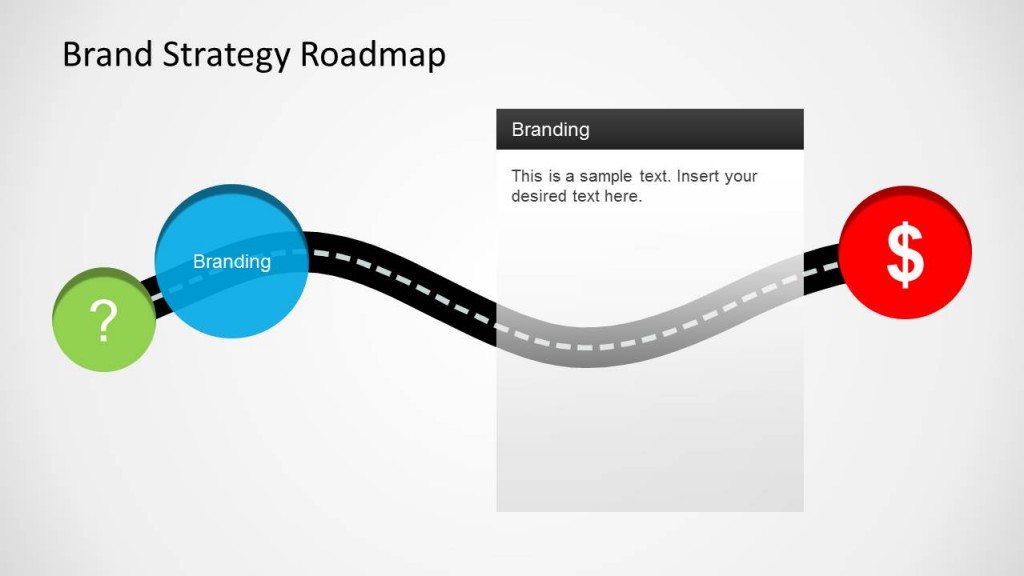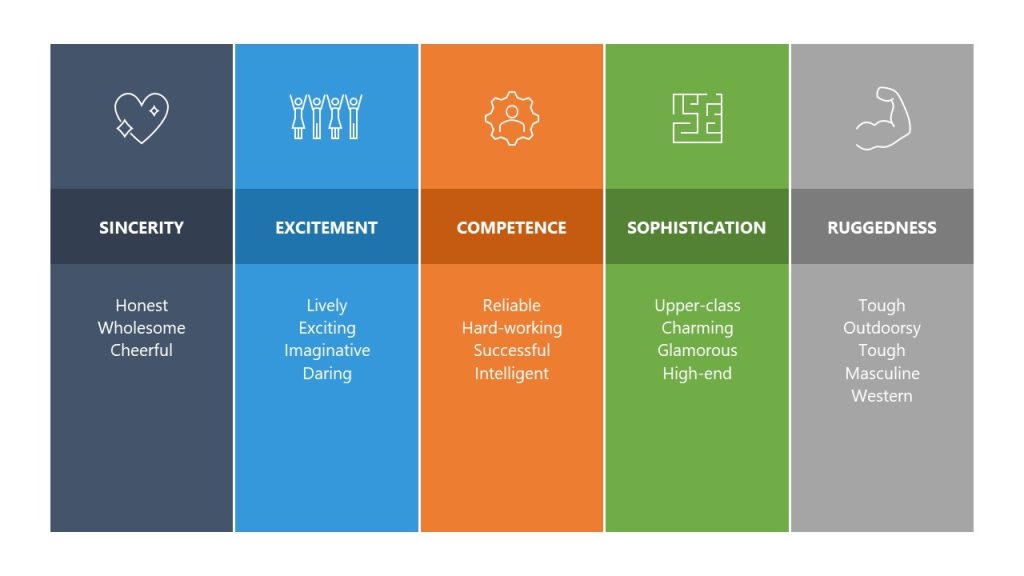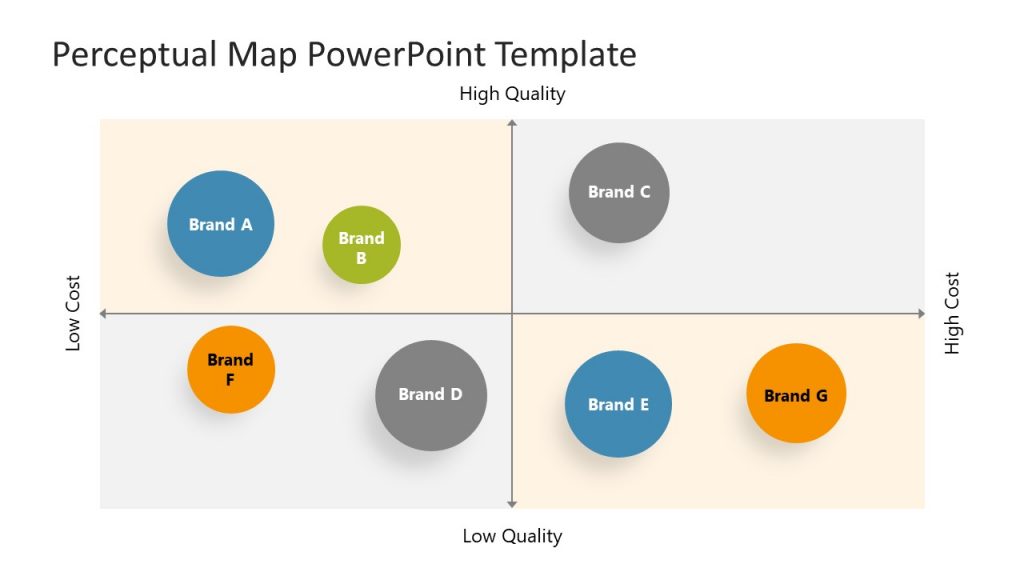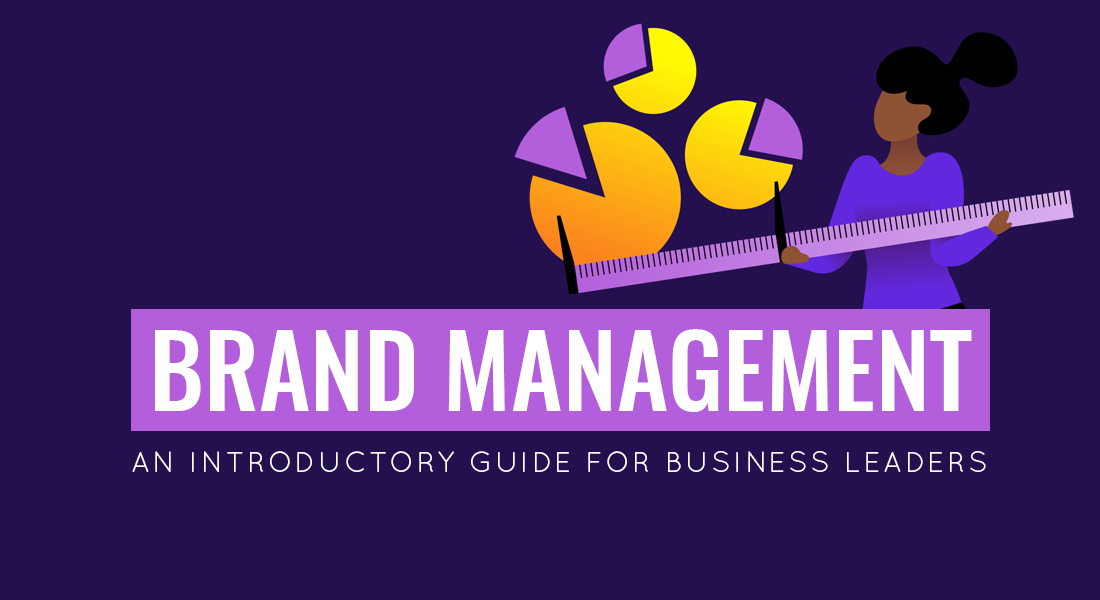
Did you know that displaying consistent branding across different sales platforms can increase revenue by up to 33%? That’s a good pocket of growth. But it’s hard to tap into without a systemized approach. Enter brand management.
What is Brand Management?
Brand management is a multi-facet process of presenting and supervising the promotion of a certain brand (product or service).
The purpose of brand management is to help you gauge:
- How your brand is currently perceived by the target audience.
- What can be done to improve the perception.
In essence, a brand manager acts as the ‘spokesperson’ for the brand and uses various marketing techniques to achieve the following goals:
- Ensure optimal market positioning of the brand
- Gain strong differentiation from competition
- Street positive word-of-mouth discussion
- Manage customer sentiment around the product
- Increase brand loyalty through positive association
- Improve brand awareness levels among the target buyers.
Helpful template: Brand Management Strategy Template for PowerPoint.
Ultimately, strategic brand management is aimed at optimizing every touchpoint a follower, customer or employee has with your brand to ensure that their experience matches the set objectives. Since a solid brand strategy encompasses multiple target groups, brand management often extends well-beyond marketing teams and spills over to sales, customer support/success teams, and HR (employer branding).
Helpful template: Brand Strategy Roadmap Template for PowerPoint
Several Successful Brand Management Examples
Luxury brands, in particular, masterfully create an exquisite experience, partially to validate their higher price points, and, to a larger extent, to align their brand promise with the aspirational lifestyle and values they are ‘selling’ to the consumers.
For example, Gucci became one of the most popular luxury brands with Millennial consumers in 2018-2019, thanks to their clever spin on digital brand management. To appeal more to the young & aspirational, the brand heavily invested in influencer marketing and creative social media collaborations with artists to build this perception of owning Gucci as the ultimate “gram-worthy” experience.
In addition to heavily investing in digital campaigning, Gucci’s CEO Marco Bizzarri also pushed for wider brand management changes. To steer the perception of an inclusive brand, Bizzarri worked with the store staff to change how they approach potential customers. As he told Fast Company:
“If people enter our shop, they enter our house and we need to be hosts to them. Changing people’s mentalities and behavior, that is the most difficult thing to do. The approach should be welcoming and smiling in a genuine way that is not forced because this is the way to be inclusive in the end.”
Apple is another strong example of how the right product positioning and branding can drive a cult following. Most of the company branding strategy is focused on eliciting the right emotions. Over the years, the electronics brand optimized every touchpoint they have with prospects — from in-store browsing to product unboxing and customer care — to steer up the feeling of excitement, dreams, aspirations, and power-to-the-people among the brand’s buyers.
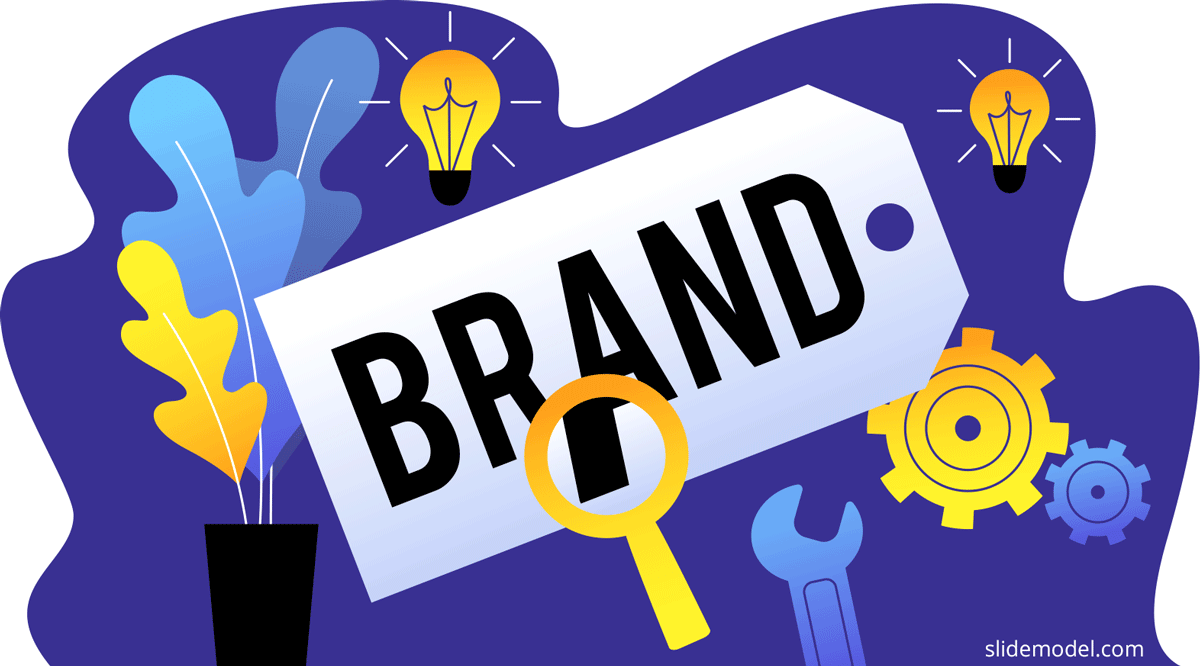
In our previous blog post about psychographic segmentation we also showed how brands like Starbucks, Porsche, and The Meatball Shop, used consumer data to refine their positioning and brand marketing if you care for more examples.
The Benefits of Brand Management
When it comes to such an intangible concept as branding, justifying the spending in brand marketing can be tough for some execs. So let’s take a quick look at some hard figures, quantifying the power of solid branding:
- Higher brand awareness and recall: For a brand to stick in the consumer mind, 5-7 brand interactions need to happen on average. Brand management is aimed at increasing brand awareness and recall among target audiences to prompt product discovery.
- Increased consumer trust: As much as 81% percent of consumers say that they need to trust the brand first to buy from them. That’s why many brand management strategies are aimed at creating distinctive brand promises and then ensuring that the company consistently acts on these.
- Improved intent to purchase: In the middle of the customer journey’s most consumer choices are influenced by unconscious bias according to new data from Google. In particular, some decided to buy based on authority bias (being swayed by an expert or trusted source), as well as social proof. Both marketing and brand management help leverage those biases to the company’s advantage.
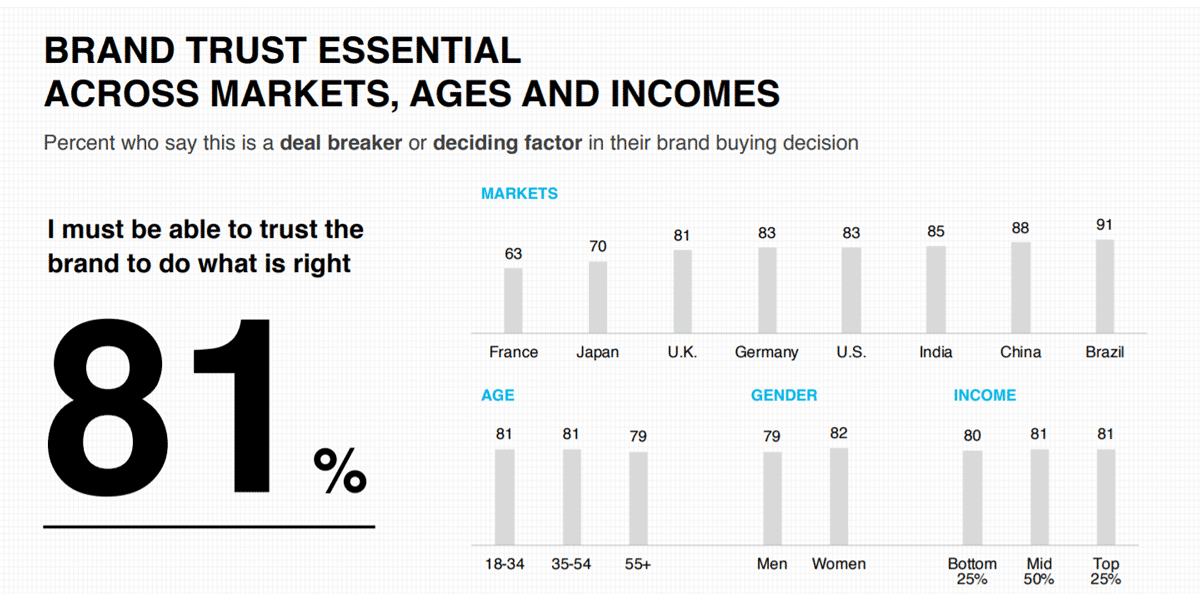
Source: 2019’s Edelman Trust Barometer Special Report: In Brands We Trust?
Ultimately, well-known brands secure more sales and have more loyal customers. Per Deloitte, consumers tend to develop strong emotional bonding with brands. Once they are ‘hooked”, their loyalty becomes almost unquestionable:
- 63% are more likely to forgive a long-term favorite brand for some mistake.
- 4 out of 5 consumers are more likely to promote their favorite brand to others.
- Finally, long-term brand fans are less price-sensitive and tend to shop more often with their most loved brands.
Brand Asset Management Best Practices
Now that you understand the ‘why’ of branding, let’s move on to the how-to part. Every brand consists of several assets that could be optimized to shape the general public perception of your products and sway consumer decisions. These include:
Brand Name
Your brand name is the key identifier of your company. While brand names rarely change over-time (unless you are planning a major company overhaul), your key strategic priority here is to ensure that your brand name is:
- Recognizable
- Memorable
- Triggers desired associations
All of these results come as a result of targeted brand development, executed with the help of other assets.
Brand Colors
Your brand’s color palette helps create stronger emotional connections with your target audience through color psychology. As research suggests, people tend to have instinctive associations between color and certain attributes:
- Trust: 34% name blue as the color igniting trust, followed by white (21%) and green (11%).
- Speed: 76% associate red with speed.
- Affordability: For 26% of respondents orange brings up this association, followed by yellow (22%) and brown (13%).
- High Tech: Black is the best describer for 26%; blue and gray share the second spot (both 23%).
- Reliability: 43% name blue as the optimal identifier, followed by black (24%).
Apart from using colors to elicit certain emotions, having a signature brand color also increases brand recognition by 80%. So yes, it’s worth talking with a professional designer to determine the optimal color palette for your brand.
Brand Positioning Statement
A brand positioning statement is a 3-5 sentence summary of what your company stands for, what it does, whom it serves, and how it’s different from others. It’s an internal doc worth creating and distributing among all of the people to ensure that their daily actions are aligned with the brand’s core value proposition.
Also, check our complete collection of brand positioning templates.

Here’s an example of a brand positioning statement from Amazon:
“Amazon is guided by four principles: customer obsession rather than competitor focus, passion for invention, commitment to operational excellence, and long-term thinking. We strive to have a positive impact on customers, employees, small businesses, the economy, and communities where we’re located. Amazonians are smart, passionate builders with different backgrounds and goals, who share a common desire to always be learning and inventing on behalf of our customers.”
How do you come up with a brand positioning statement for your business? You can see if one of the next brand positioning strategies fits your needs:
- Quality-based positioning: “Nobody is as committed to quality as we are”.
- Value-based positioning: “You get more value with us than from any other brand”.
- Niche specialization positioning: “We are the best choice for [affordable skincare]”.
- Cost-driven positioning: “We do the same thing, but for less”.
- Leader-based positioning: “We are leaders in the pack and simply the best in the market”.
Also, these strategies can be bundled together as Amazon does, for example.
Tagline
A tagline (slogan) is a short elevator pitch that succinctly communicates your core value position to the customer. It needs to be short, snappy, and memorable. Think Nike’s “Just Do It” or Coca-Cola’s current “Together Tastes Better”.
Creating a punchy tagline is a copywriting exercise. Plan for several iterations before you land with the right slogan. To get moving in the right direction, play around with the following tagline formulas:
- [Category] defined or redefined
- There’s (brand name), and there’s everything else.
- A different kind of [Category]
- [Category], [improved in some way]
- [Adjective] by design
- [Feature or Benefit]. [Feature or Benefit]. [Brand name]
After you’ve come up with several basic ideas, host a voting round with your team and work on further improvements.
Brand Logo
A logo is a representation of your brand identity, condensed to an icon or creative typography. The key goals of the logo are to:
- Facilitate identification
- Promote differentiation
- Aid brand recall.
To achieve that, you must ensure that your company logo design and graphics stay consistent across all other branding assets and marketing channels. That’s how you provide higher brand recall.
Conversely, logos can be grouped in four categories:
- Logotypes: The company uses distinctive typography to convey their brand name. For example Burberry, Coca-Cola, Stripe.
- Monograms are a special mark, made out of the brand’s initials. For example IBM, McDonald’s, FedEx.
- Abstract marks are non-representational marks, shown along with the company name. For example Apple logo, Nike, Chase bank, Target.
- Descriptive marks are iconic symbols, representing the company’s products, services, or defining character. For example Shell, London Underground, Woolmark.
Brand Personality
Lastly, you have your brand personality — a group of traits that your brand conveys through tone of voice, brand colors, and other branding collateral.
The key element of brand personality is the brand voice — your unique way of communicating with your target audiences. Your voice should appeal to the way your target audience thinks and speaks, and, at the same time, bear a unique undertone, relevant to your brand.
A lot of brand differentiation strategies are aimed at honing that unique brand voice. If that’s what you are working on right now, here’s a quick exercise for helping you find your brand voice:
Step 1: Try to come up with three words that best describe your brand. For example: professional, educational, and transparent.
Step 2: Then add a set of extra definitions for each adjective. These are the characteristics that need to show up during your communication. For example: Transparent: direct, authentic, trustworthy, genuine.
Step 3: Spell out the key do’s and don’t for achieving this ideal voice. Style this as direct instructions for your copywriters and communication team members. For example:
| Characteristic | DO | DON’T |
| Educational | 1. Provide explanations and examples.
2. Back claims with data. | 1. Add up confusion with conflicting information.
2. List unverified claims. |
Step 4: Finally, continuously work on refining your brand voice. It will take several rounds of revising before you nail that ideal pitch. Your brand messaging will evolve and depending on the market response. So get back to your pillar points and review them for relevancy, originality, and alignment with your current priorities.
Brand Management Presentation Examples
Check our collection of brand management presentation examples. Our templates are compatible with PowerPoint and Google Slides.
To Conclude
Brand management companies will be the first to tell you that building a strong brand is a long-term investment. In this guide, we covered the tip of the iceberg, showing you which assets you have at your disposal and why they are crucial to long-term marketing and financial success. With that knowledge in tow, you can dive deeper into brand development and determine which areas of brand management need optimization at your company.
